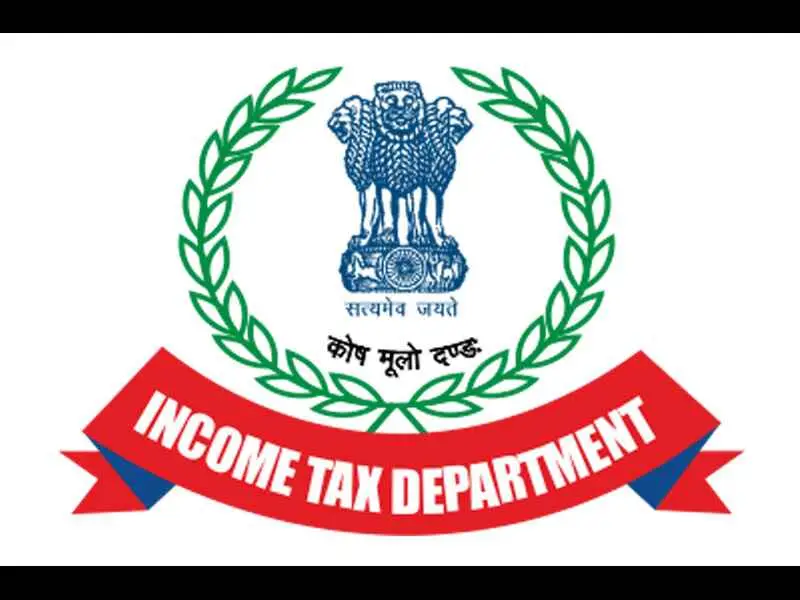The Central Board of Direct Taxes (CBDT) has issued an order to implement the scheme announced in the Budget 2024-25 by Finance Minister Nirmala Sitharaman to withdraw old tax demands up to Rs 1 lakh per assessee till Assessment Year (AY) 2015-16 . The scheme is expected to benefit about 1.11 crore taxpayers who have pending tax demands of about Rs 3,500 crore .
Old Tax Demands: Eligibility and scope of the scheme
According to the CBDT order, the remission and extinguishment of tax demand shall be subject to the maximum ceiling of Rs 1 lakh for any specific taxpayer/assessee for the following types of demand entries:
- Principal component of tax demand under the Income-tax Act, 1961 or corresponding provisions of Wealth-tax Act, 1957 or Gift-tax Act, 1958
- Interest, penalty, fee, cess, or surcharge under various provisions of the Income-tax Act, 1961, or corresponding provisions, if any, of the Wealth-tax Act, 1957, or Gift-tax Act, 1958
The order also clarified that there shall not be any requirement of calculation of interest on account of delay in payment of demand under sub-section (2) of section 220 of the Income-tax Act, 1961 or corresponding provision of Wealth-tax Act, 1957 and Gift-tax Act, 1958 and therefore the same shall not be considered for determining the ceiling of Rs 1 lakh .
The scheme shall apply to the outstanding tax demands pertaining to income tax, wealth tax and gift tax as on January 31, 2024. However, the remission shall not be applicable on the demands raised against the tax deductors or tax collectors under TDS or TCS provisions of the I-T Act .
Benefits and limitations of the scheme
The scheme is aimed at reducing litigation and providing relief to taxpayers who have small tax demands pending for a long time. The CBDT has advised taxpayers to access their online accounts and navigate to Pending Action > Response to Outstanding Demand to check the status of ‘Extinguished Demands’ related to them .
However, the CBDT order also stated that the waiver or cancellation does not entitle taxpayers to any claims for credit or refunds. Additionally, the waiver or cancellation will not influence any ongoing, planned, or potential criminal legal proceedings against the taxpayer and does not grant any immunity under any legislation .
Conclusion
The CBDT has taken a welcome step to withdraw old tax demands up to Rs 1 lakh per assessee till AY 2015-16 as part of the Budget announcement. The scheme is expected to benefit about 1.11 crore taxpayers who have pending tax demands of about Rs 3,500 crore. The scheme will reduce litigation and provide relief to taxpayers who have small tax demands pending for a long time. However, taxpayers should also be aware of the limitations and conditions of the scheme and check their online accounts for the status of their extinguished demands.
Recent Blog : Tata Group Market Cap Surpasses Pakistan’s GDP at $365B
